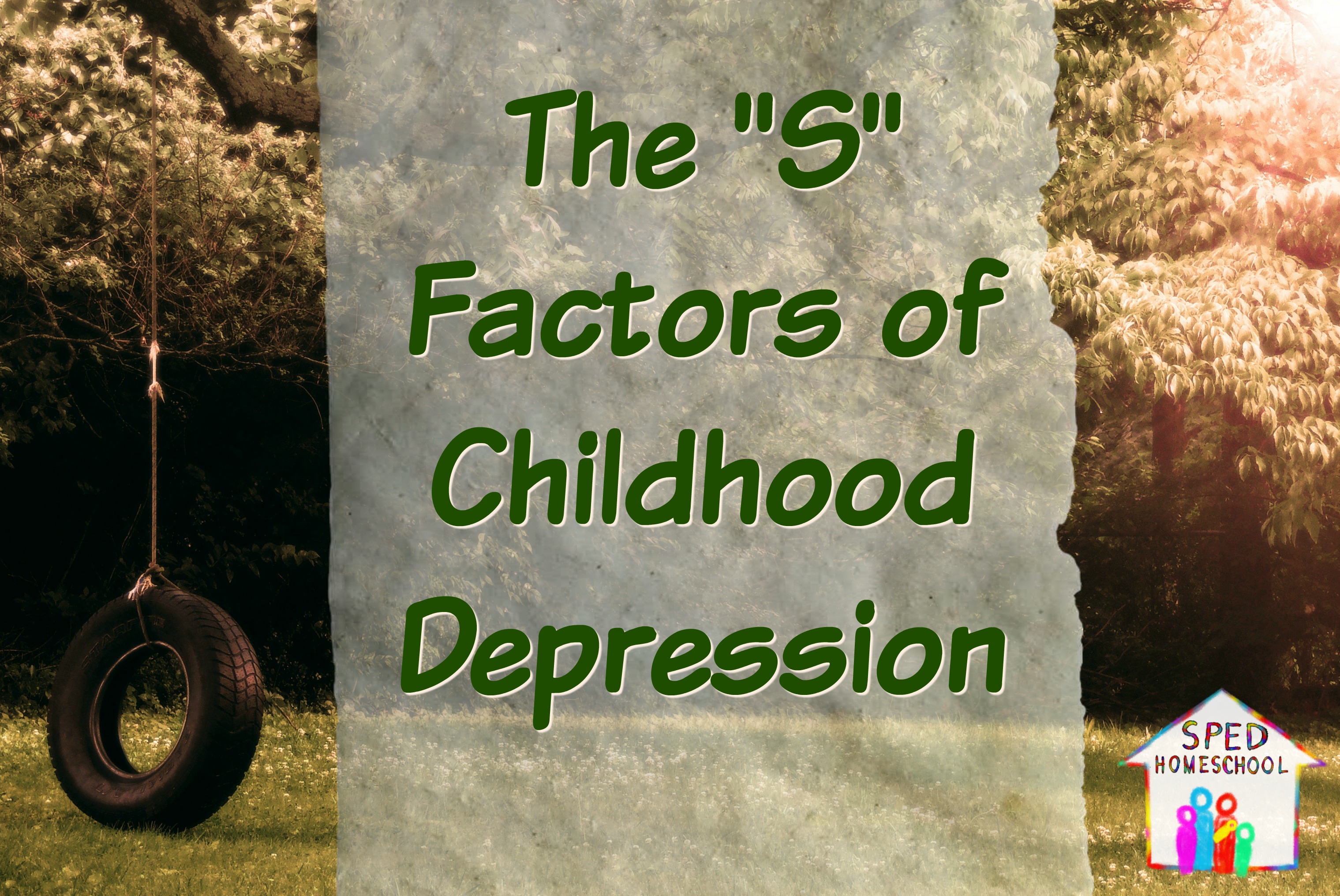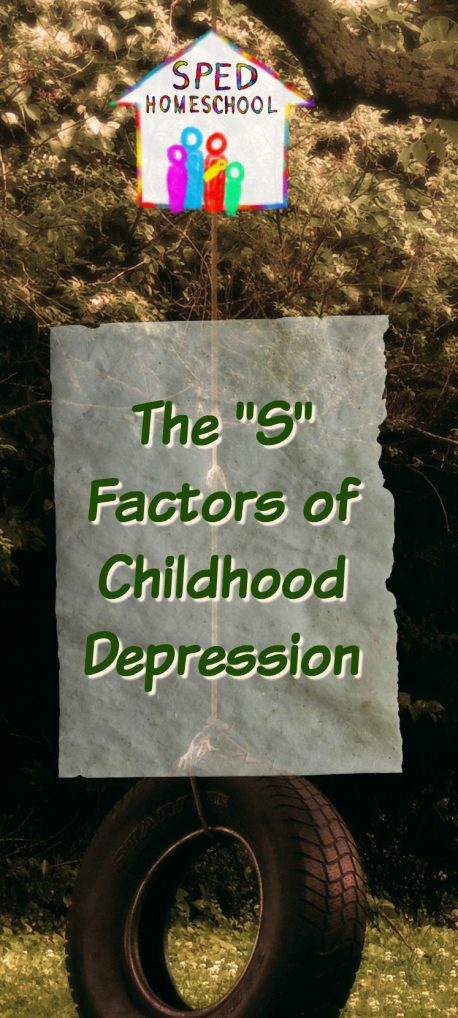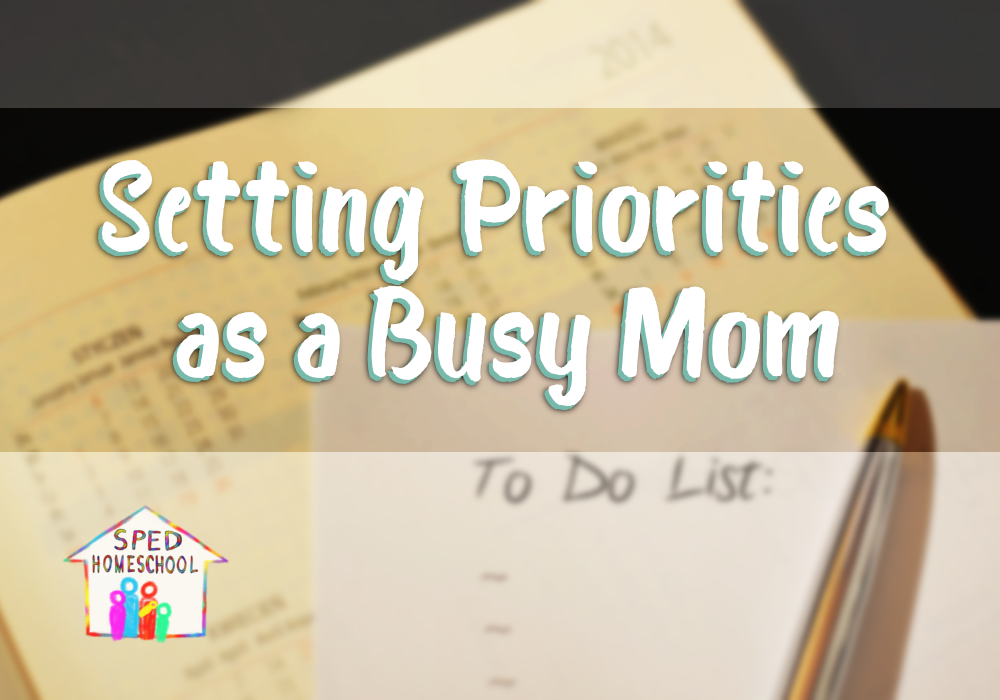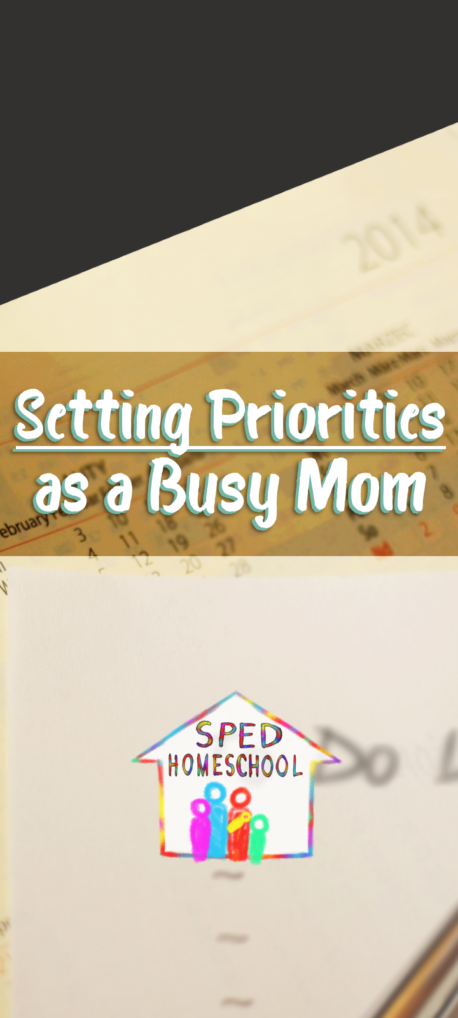
This blog is the final in my 7-part series on childhood depression. Through these articles, we have covered many issues and truths regarding childhood depression. But, we have also discussed how there’s always a silver lining of hope to be found amidst the dark days and trying situations childhood depression can bring into our homes.
I encourage you to read all the articles in this series to gain a comprehensive understanding of all six warning and guiding lights associated with childhood depression. To find a listing of all the previous posts in this series, refer to the bottom of this article for links.
Warning “S” – Symptoms
Mixed Signals
If you were to look up a list of the physical symptoms associated with depression, you will quickly realize the list compiled for adults is rather different than the list given for children. Children, in general, have fluctuating appetites and sleep patterns. Growth spurts and hormonal changes keep their bodies in a consistent flux. Thus, when it comes to looking for physical signs of depression in children, it is often difficult to differentiate between depression and the swings of adolescence.
Some children will isolate themselves when they are depressed, but others might be socially engaged and angry. On the other hand, one depressed child may start cutting himself, but another might be overly concerned with his appearance. And, to further complicate matters, there are some children who put on a happy face, participate in activities, get great grades, and make everyone believe are no underlying issues at all.
Act on Your Instinct
The problem with trying to stamp specific symptoms on a depressed child is that when parents can’t check off clearly defined boxes which indicate their child is depressed, they often won’t follow up on an instinctive feeling that something is off with their child. To that end, I want to encourage you to start a conversation with your child even if there are no physical warning signs present. In the long run, it’s better to have a dead-end conversation than to deal with depression once it has spiraled out of control.
Getting the conversation going may be a bit awkward, but don’t let that hold you back. If you want some help with approaching the issue, the best resource I have found is Stomping Out Depression by Neil T. Anderson and Dave Park. In general, your discussions don’t need to be elaborate or filled with great wisdom, you just need to take the time to have a meaningful conversation with your child. Get to the underlying roots of your child’s biggest struggles. Don’t judge. Offer compassion. And, show love through your willingness to be available and walk through these struggles alongside your him/her.
Guiding “S” – Serotonin and the Gut
A Natural Antidepressant
Serotonin is called the body’s natural anti-depressant. Unfortunately, serotonin taken as a supplement doesn’t come anywhere close to helping the body like the serotonin the human body manufactures on its own.
And, while I don’t have credentials to even discuss the medical and pharmaceutical benefits of serotonin, my research and experience have provided me with enough circumstantial evidence to warrant mentioning it and some things that increase and decrease natural serotonin production.
The Gut-Brain Connection
When I finally realized one of the main roots of my depression was linked to gut issues, I was in my mid-thirties. I had been unaware of how certain childhood circumstances, medical treatments, and prescriptions, as well as food choices, had negatively affected my gut bacteria.
It wasn’t until I met Diane Craft and learned about her Biology of Behavior information that I started putting together how my gut issues, and those of my children, were intricately linked to our many common issues, including depression. Diane’s material was extremely helpful in explaining how serotonin produced within a healthy gut, affects brain function.
If you would like more information on this gut-brain connection, here are some additional sources I would encourage you to explore:
- Food for Thought: How Your Belly Controls Your Brain
- GAPS (Gut And Psychology Syndrome)
- Mental Health May Depend on the Health of Your Gut Flora
- An Effective Method for Treating Candida
Silver Lining
It is hard to summarize how dramatically my life, and my ability to think, has changed because of what God has revealed to me through my years of struggling with depression and subsequent years of healing. Going from constant hazy thinking, uncontrollable bursts of anger, and suicidal thoughts to who I am today is, in short, a miracle. If God had allowed the transformations I have summarized in these past 7 blogs to happen to me and my children overnight, there wouldn’t have been much wisdom for me to share.
But, God chose to heal us in a slower and more methodical way so we could gain understanding about regarding our relationship with Him, others and the world around us. I am eternally grateful He allowed me to walk this road in this manner. Not only did He do a good work in our family, but He has allowed us to be part of the good work He desires to do in those who come upon these articles and are ministered to through the lessons we have learned.
All praise and honor to Him who works His grace and mercy beyond the borders of what our human minds could ever conceive to ask or think. In Him, we find our peace and our purpose. It comes not from what we have to offer others from within ourselves, but rather what we’re able to share that He first shared with us.
I encourage your feedback and comments. God bless!
Links to All the Blogs in this Series
- Looking Into the Face of Childhood Depression
- The “L” Factors of Childhood Depression
- The “I” Factors of Childhood Depression
- The “G” Factors of Childhood Depression
- The “H” Factors of Childhood Depression
- The “T” Factors of Childhood Depression
- The “S” Factors of Childhood Depression





